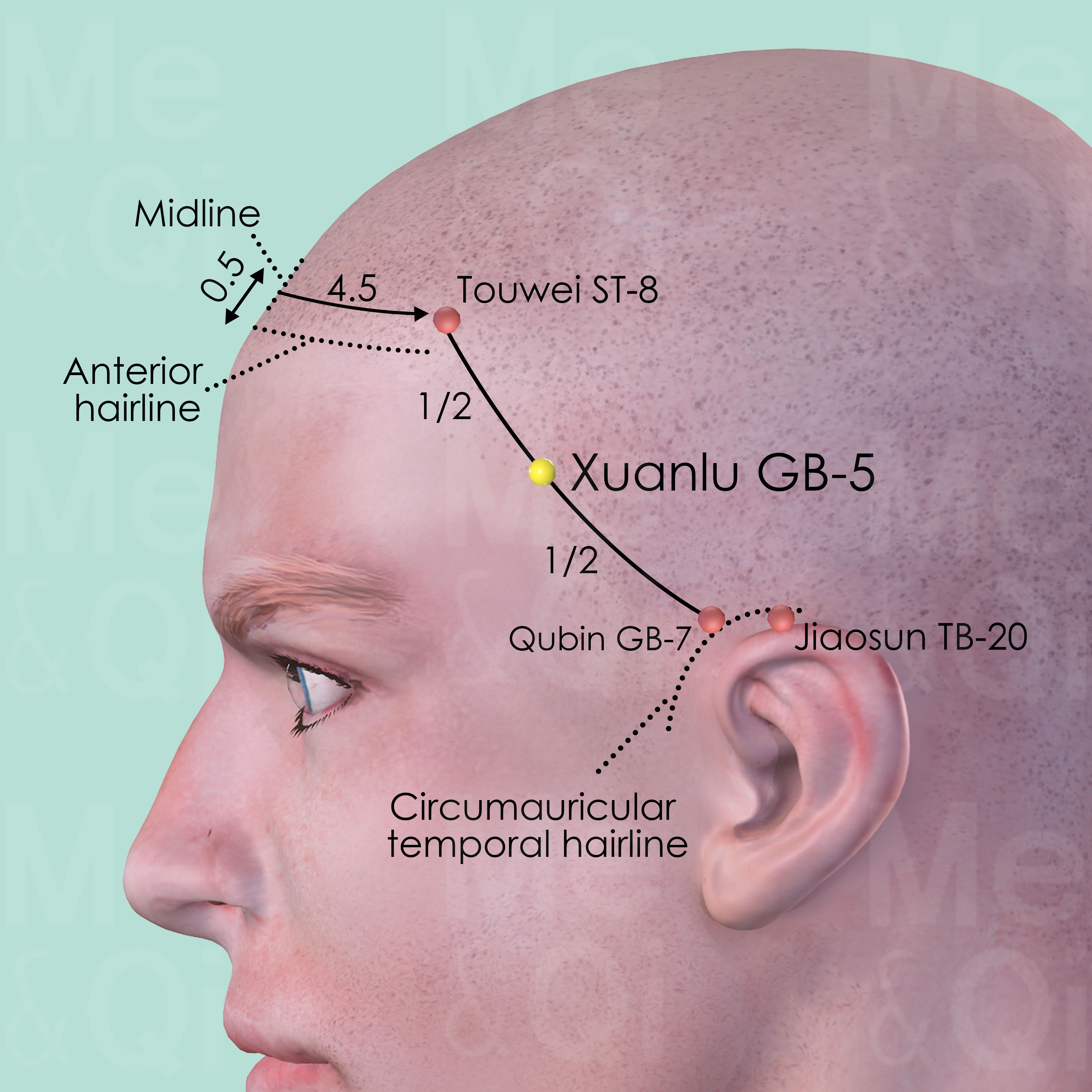Spasticityaccording to TCM
Symptom families: Muscle Pain, Disorders and Symptoms, Locomotion and Mobility Issues
What is Spasticity?
Spasticity is a condition characterized by abnormal muscle tightness due to prolonged muscle contraction, leading to stiffness and rigidity that can affect movement and posture. It is commonly associated with disorders of the central nervous system that disrupt signals between the brain and the muscles, such as multiple sclerosis, cerebral palsy, and after a stroke.
Symptoms can range from mild muscle stiffness to severe, painful, and uncontrollable spasms. Addressing spasticity is crucial because it can interfere with daily activities, mobility, and quality of life.
How does TCM view Spasticity?
Traditional Chinese Medicine (TCM) perceives spasticity as a manifestation of imbalances within the body's internal energy systems. TCM theory suggests that spasticity may arise from an obstruction of Qi flow and Blood circulation or an imbalance between the Yin and Yang energies.
These blockages or imbalances can lead to the stagnation that manifests physically as muscle stiffness and spasms. Identifying the particular TCM pattern causing spasticity is essential to selecting the appropriate treatment, as each disharmony requires a unique therapeutic approach.
Root Causes of Spasticity in TCM
TCM links spasticity to several internal patterns, most notably Blood Deficiency and Blood Stagnation. Blood Deficiency may cause inadequate nourishment and moistening of the muscles, leading to tension and spasms.
Concurrently, Blood Stagnation, characterized by the pooling and Stagnation of Blood, can contribute to the rigidity and pain experienced in spasticity. These conditions highlight the TCM principle that the physical manifestations of illness, such as spasticity, are deeply rooted in the body's energetic and circulatory health.
Explore below more details about what might cause Spasticity according to TCM.
- By Syndrome
- Blood Deficiency
- Blood Stasis
Blood Deficiency
Blood Deficiency in TCM is like when your body's tank runs low on the vital energy that blood provides. It's not exactly the same as anemia in modern medicine, which is about having too few red blood cells. Instead, Blood Deficiency in TCM is about your body not having enough of the life-giving qualities that blood brings, like nourishment and moisture. This can make you feel tired, look pale, and even feel dizzy or have blurry vision. It's like a garden not getting enough water to stay lush and vibrant. TCM sees this as an imbalance where the body isn't being nourished as it should be, impacting overall health and well-being.... see more
Blood Deficiency Patterns That Can Lead to Spasticity
| Pattern Name | Relevant Symptoms | Relevant Formulas |
|---|---|---|
| Blood Deficiency and Stagnation | Generalized muscle tension, Dizziness, Blurry vision, Lackluster complexion and nails, Muscle tension, Insomnia, Palpitations, Poor constitution, Irregular periods, Amenorrhea, Lower abdominal pain... see more | Tao Hong Si Wu Tang |
Blood Stasis
Blood Stasis in TCM is a concept where the blood flow in the body is not as smooth or efficient as it should be. Imagine a river that's supposed to flow freely, but instead, it's getting blocked or moving too slowly in some parts. This can lead to various health issues, like pain that feels sharp or stabbing, dark bruises, and a complexion that looks purplish. TCM believes that good health relies on the smooth and vibrant flow of Qi and blood throughout the body, so when blood gets stuck, it's like a traffic jam in your body, leading to discomfort or health problems.... see more
Blood Stasis Patterns That Can Lead to Spasticity
| Pattern Name | Relevant Symptoms | Relevant Formulas |
|---|---|---|
| Blood Deficiency and Stagnation | Generalized muscle tension, Dizziness, Blurry vision, Lackluster complexion and nails, Muscle tension, Insomnia, Palpitations, Poor constitution, Irregular periods, Amenorrhea, Lower abdominal pain... see more | Tao Hong Si Wu Tang |
TCM Herbal Formulas for Spasticity
In TCM, the treatment of spasticity involves herbs and formulas that nourish Blood and promote its circulation, thus easing muscle tension. Tao Hong Si Wu Tang is a classic formula used for conditions of Blood Deficiency and Stasis.
It includes Peach Kernels (Tao Ren), which invigorate the Blood, helping to relieve the generalized muscle tension associated with spasticity. The goal of these treatments is to address the deeper patterns of disharmony, thereby reducing the symptoms of spasticity and improving muscle function.
See more details below about Tao Hong Si Wu Tang, a herbal formula used to address spasticity.
- By Cause
- By Formula Type
- Blood Deficiency
- Blood Stasis
- Formulas that tonify blood
Top Formula for Blood Deficiency:
Tao Hong Si Wu Tang
Suitable for Blood Deficiency patterns that may cause spasticity, such as Blood Deficiency and Stagnation
Learn moreTop Formula for Blood Stasis:
Tao Hong Si Wu Tang
Suitable for Blood Stasis patterns that may cause spasticity, such as Blood Deficiency and Stagnation
Learn moreFormulas that tonify Blood
These formulas are suitable for some spasticity-causing patterns like Blood Deficiency and Stagnation.
One such formula is Tao Hong Si Wu Tang, with peach kernel as a key herb.
Acupoints for Spasticity
Acupuncture is an integral component of TCM treatment for spasticity. Specific points such as Xuanlu (GB-5) on the Gall Bladder Channel are targeted to address the underlying patterns. Located in the temporal region, Xuanlu is used for its effectiveness in subduing Liver Yang and expelling Interior Wind, both of which can be associated with muscle spasticity. Stimulating this point, among others, can help to restore the harmonious flow of Qi and Blood, reducing spasticity and aiding in the recovery of movement.
See more details below about Xuanlu GB-5, an acupoint used to address spasticity.
- By Meridian
- Gall Bladder Channel

Xuanlu GB-5
Within the hairline of the temporal region, midway of the line connecting Touwei ST-8 and Qubin GB-7.
